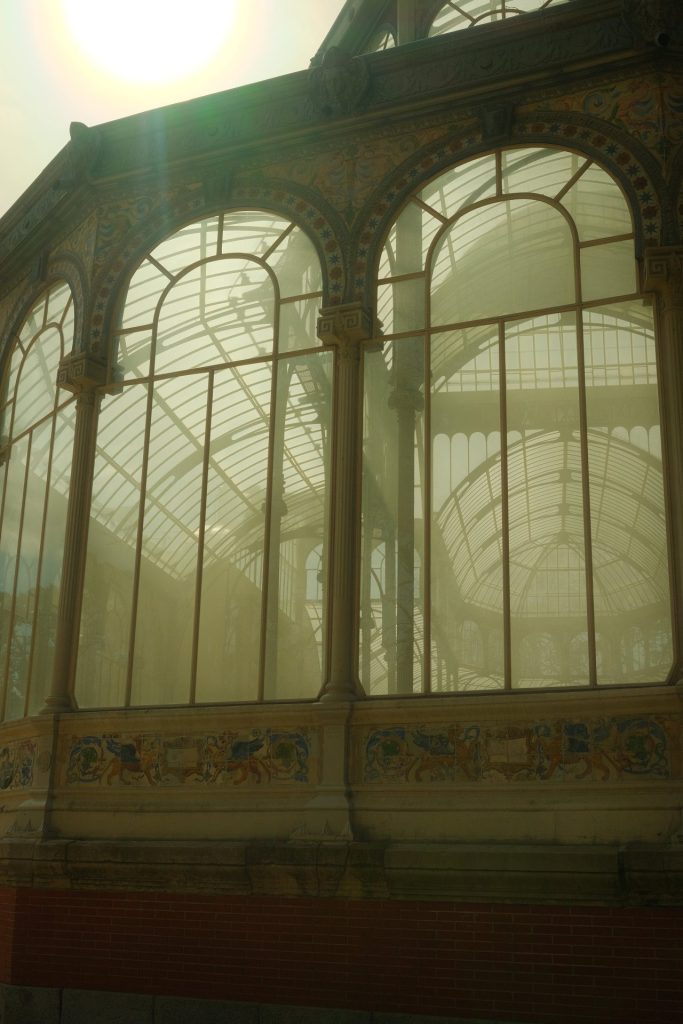What is Art Nouveau Architecture?
Art Nouveau architecture, a distinctive style that emerged in the late 19th and early 20th centuries, is characterized by its ornate and decorative features inspired by natural forms and asymmetrical lines. Also known as Jugendstil (in Germany), Modernisme (in Spain and Catalonia), and other regional names, Art Nouveau sought to break away from the historical revival styles prevalent in the 19th century. It is marked by a focus on fluid, organic shapes, and a desire to integrate art into everyday life.

Key characteristics of Art Nouveau architecture include:
- Organic Forms:
- Art Nouveau buildings often feature flowing, sinuous lines inspired by natural forms such as vines, flowers, and flowing water. The aim was to create a sense of movement and life in the architecture.
- Asymmetry:
- A departure from the strict symmetry of earlier architectural styles, Art Nouveau embraced asymmetry in both the overall composition and details of buildings.
- Curvilinear Shapes:
- The use of curves and undulating lines is a hallmark of Art Nouveau. This can be seen in the design of arches, windows, and decorative elements.
- Ornamentation:
- Elaborate and intricate ornamentation is a key feature. Art Nouveau architects employed decorative motifs, such as whiplash curves, floral patterns, and motifs derived from nature.
- Stylized Floral and Natural Motifs:
- Flowers, leaves, and other natural elements are often stylized and incorporated into the design. The use of motifs like the iris, lily, and peacock feathers is common.
- Ironwork and Stained Glass:
- Art Nouveau frequently made use of wrought iron in gates, railings, and balconies, often with intricate and organic patterns. Stained glass, with its colorful and vibrant designs, was also a popular element.
- Innovative Materials:
- Art Nouveau architects were open to experimenting with new materials and techniques. The use of materials like iron, glass, and reinforced concrete allowed for greater flexibility in design.
- Integration of Art:
- The integration of art into architecture was a central tenet of Art Nouveau. Artists collaborated with architects to create a cohesive design that extended to interior furnishings, decorative arts, and even signage.
- Whiplash or S-Curve Motif:
- The “whiplash” or S-curve motif, characterized by flowing, sinuous lines resembling a whip, is a distinctive feature in many Art Nouveau designs.
- Regional Variations:
- Art Nouveau had regional variations and was known by different names in different countries. Each region brought its own influences and interpretations to the style.
Prominent examples of Art Nouveau architecture include the works of architects such as Victor Horta in Belgium, Antoni Gaudí in Spain, Hector Guimard in France (known for the entrances of the Paris Métro), and Charles Rennie Mackintosh in Scotland. The style had a significant impact on various art forms, including architecture, decorative arts, and graphic design, and it marked a transition towards the modernist movements of the 20th century.

